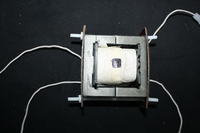xeratule
Member level 4
- Joined
- Apr 4, 2009
- Messages
- 69
- Helped
- 1
- Reputation
- 2
- Reaction score
- 1
- Trophy points
- 1,288
- Location
- Istanbul / TURKIYE
- Activity points
- 1,975
Here are the simultaneous waveforms I'm talking about:
The dead times are 200ns,400ns,600ns,800ns,1000ns at gates but it is not seen at collector voltages.
Yellow and purple are low side gate voltages, blue and green are collector voltages respectively.
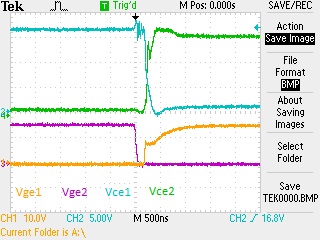
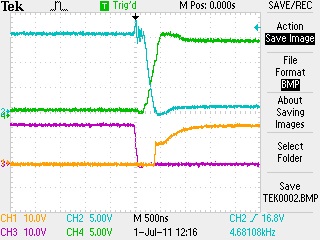
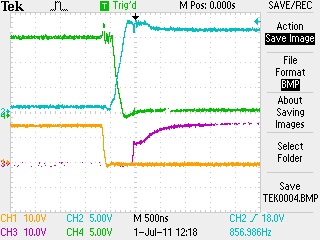
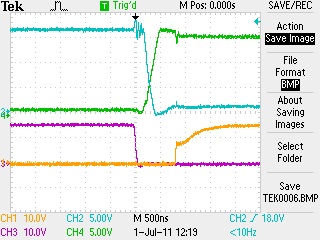
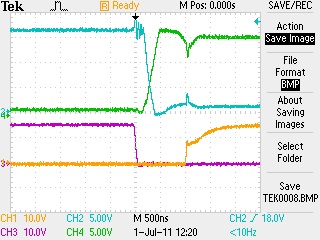
The dead times are 200ns,400ns,600ns,800ns,1000ns at gates but it is not seen at collector voltages.
Yellow and purple are low side gate voltages, blue and green are collector voltages respectively.





